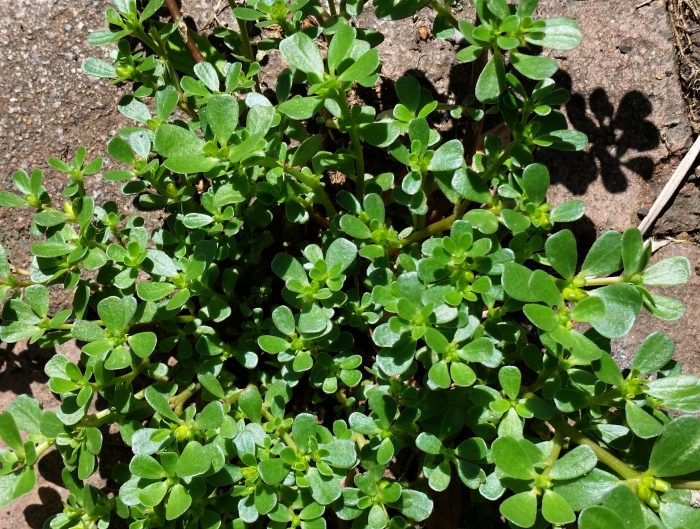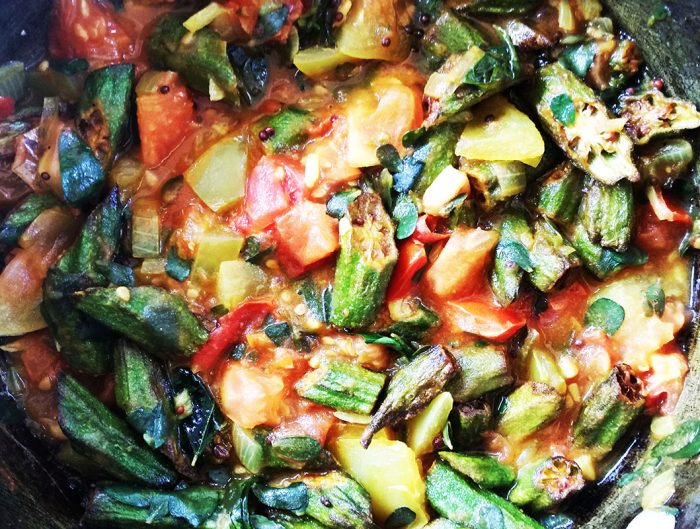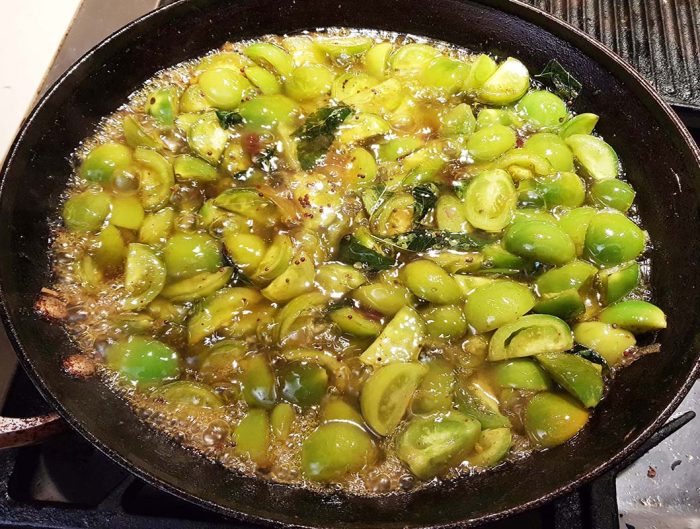Tartare Sauce
Put the yolks of two raw eggs into a basin with half a saltspoonful of salt, a little pepper, and half a teaspoonful each of French and English made mustard. Then add about half a pint of salad oil, drop by drop, stirring the sauce one way all the time. When it is very stiff, add one teaspoonful each of tarragon, chillies and malt vinegar, and eight or ten drops of lemon juice. Stir in half a tablespoonful of mixed chopped capers and gherkins, and one tablespoonful of chopped tarragon, chervil, and parsley. The sauce should be made very stiff.[1]
This was one of those ‘what the … ’ moments for me. I was researching the use of chilli in settler[2] cuisine in Australia. I was expecting recipes for chutneys, pickles, and curries to have chillies[3] in them, but tartare sauce? As I continued researching I found chillies turning up in unexpected places.


